
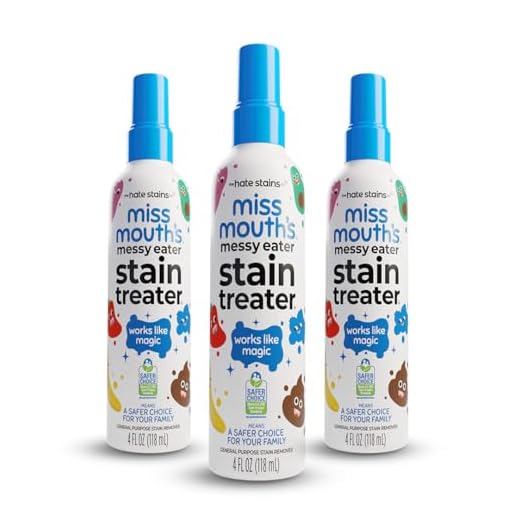



Washing machines have become an essential part of our daily lives, helping us to keep our clothes clean and fresh. With the wide range of cycles available, it can be overwhelming to determine which one is best for your needs. One commonly used cycle is the casual cycle, designed specifically for everyday clothing items like jeans, t-shirts, and sweatshirts. In this article, we will explore the key facts and tips for understanding the casual cycle on a washing machine.
What is the Casual cycle?
The casual cycle is a versatile option for cleaning everyday clothing items. It typically uses a combination of mild agitation and longer wash times to ensure thorough cleaning without causing excessive wear and tear on the fabric. This cycle is suitable for items made of durable materials like cotton, polyester, and denim.
Tips for using the Casual cycle:
Separate colors: Before loading the washing machine, separate your clothing items by color. This will prevent color bleeding and help maintain the vibrancy of your garments.
Use proper detergent: Choose a detergent that is suitable for the casual cycle and the fabric types you are washing. Follow the recommended dosage instructions for optimal results.
Top RatedNorvic Universal Appliance Stand with Anti-tip SafetySpace-saving pedestal for multiple appliancesElevate your appliances securely with this versatile stand designed for easy installation and maintenance access. Perfect for washing machines, dryers, and dishwashers with a high 300KG capacity.Pre-treat stains: If you have any stains on your clothing items, pre-treat them before placing them in the washing machine. This will increase the chances of the stains being completely removed during the wash cycle.
Do not overload: Avoid overloading the washing machine. Overloading can prevent proper agitation and reduce the efficiency of the wash cycle. Follow the manufacturer’s guidelines for load capacity.
Choose the right temperature: Adjust the temperature setting based on the fabric care instructions. Using hot water for heavily soiled items or white clothing can help remove tough stains, while cold water is suitable for delicate fabrics.
By understanding the casual cycle on your washing machine and following these tips, you can ensure that your everyday clothing items are cleaned effectively while prolonging their lifespan. Take the time to familiarize yourself with the settings and features of your washing machine, and experiment to find the best combination of cycle, detergent, and temperature for your specific clothing needs.
Understanding the Casual Cycle
The casual cycle on a washing machine is designed for laundering everyday clothes made from casual fabrics, such as cotton, linen, and polyester. It is the most commonly used cycle for regular clothing items.
Key Facts:
- Water Temperature: The casual cycle typically uses warm or cold water, depending on the settings selected.
- Spin Speed: The spin speed for the casual cycle is usually moderate to high, helping to remove excess water from the clothes.
- Duration: The duration of the casual cycle can range from 30 minutes to an hour, depending on the specific washing machine model and fabric types.
- Load Size: The casual cycle can accommodate medium to large-sized loads of laundry, allowing for multiple garments to be washed at once.
- Tumble Action: During the casual cycle, the washing machine agitates the clothes in a tumbling motion to thoroughly clean them.
- Detergent: It is recommended to use a regular detergent suitable for everyday clothing when using the casual cycle.
Tips for Using the Casual Cycle:
- Check the Garment Labels: Before washing your clothes using the casual cycle, always check the garment labels for any specific care instructions or recommendations.
- Separate Colors: To avoid color bleeding, separate dark and light-colored garments before washing to prevent any unwanted color transfer.
- Pre-treat Stains: For tough stains, consider pre-treating them before adding the clothes to the washing machine. This can help improve stain removal during the wash cycle.
- Avoid Overfilling: Ensure not to overfill the washing machine, as it can hinder the proper cleaning and rinsing of the clothes.
- Use Proper Measurements: Follow the manufacturer’s recommendations for detergent dosage to ensure effective cleaning without residue buildup.
- Clean the Washing Machine: Regularly clean the washing machine drum and detergent dispenser to prevent any buildup of dirt, lint, or residue.
- Remove Clothes Promptly: Once the casual cycle is complete, promptly remove the clothes from the washing machine to prevent wrinkling or potential odours from setting in.
| 1. Convenient | 2. Versatile | 3. Time-efficient |
|---|---|---|
| The casual cycle is a convenient option for regular clothing that doesn’t require special care. | It can accommodate a variety of fabrics and garments, making it highly versatile. | The relatively shorter duration of the casual cycle compared to other cycles allows for quicker laundry turnaround. |
The Importance of Knowing How to Use It
Understanding how to use a washing machine is crucial for its efficient and effective operation. When used correctly, a washing machine can prolong the life of your clothes and ensure they are cleaned thoroughly. Here are some reasons why it is important to know how to use a washing machine properly:
1. Preserve the Quality of Your Clothes
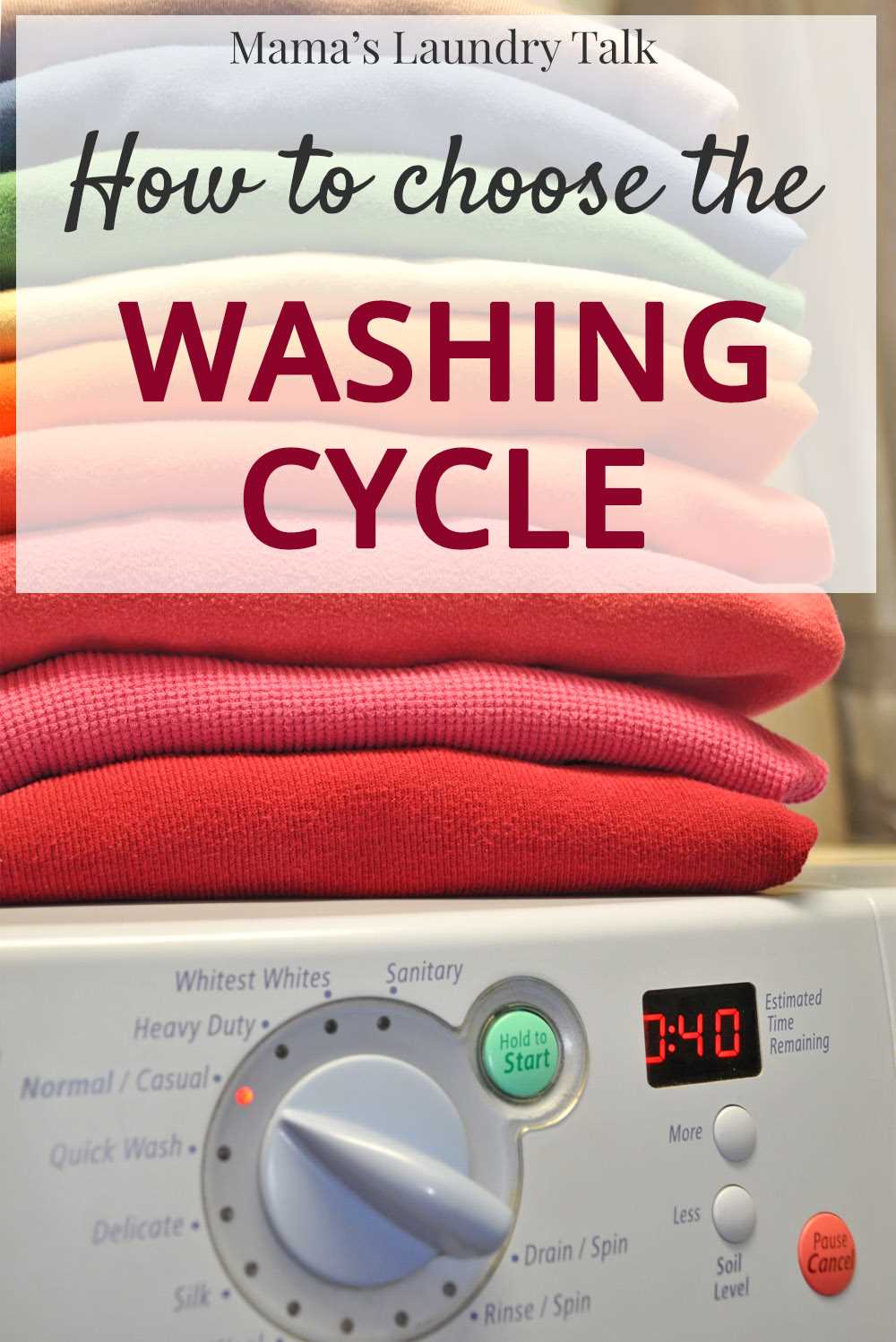
Using the appropriate cycle and settings on your washing machine can help preserve the quality of your clothes. Different fabrics require different wash cycles and water temperatures. By selecting the right settings, you can avoid damage to delicate fabrics and prevent colors from fading.
2. Remove Stains and Dirt Effectively
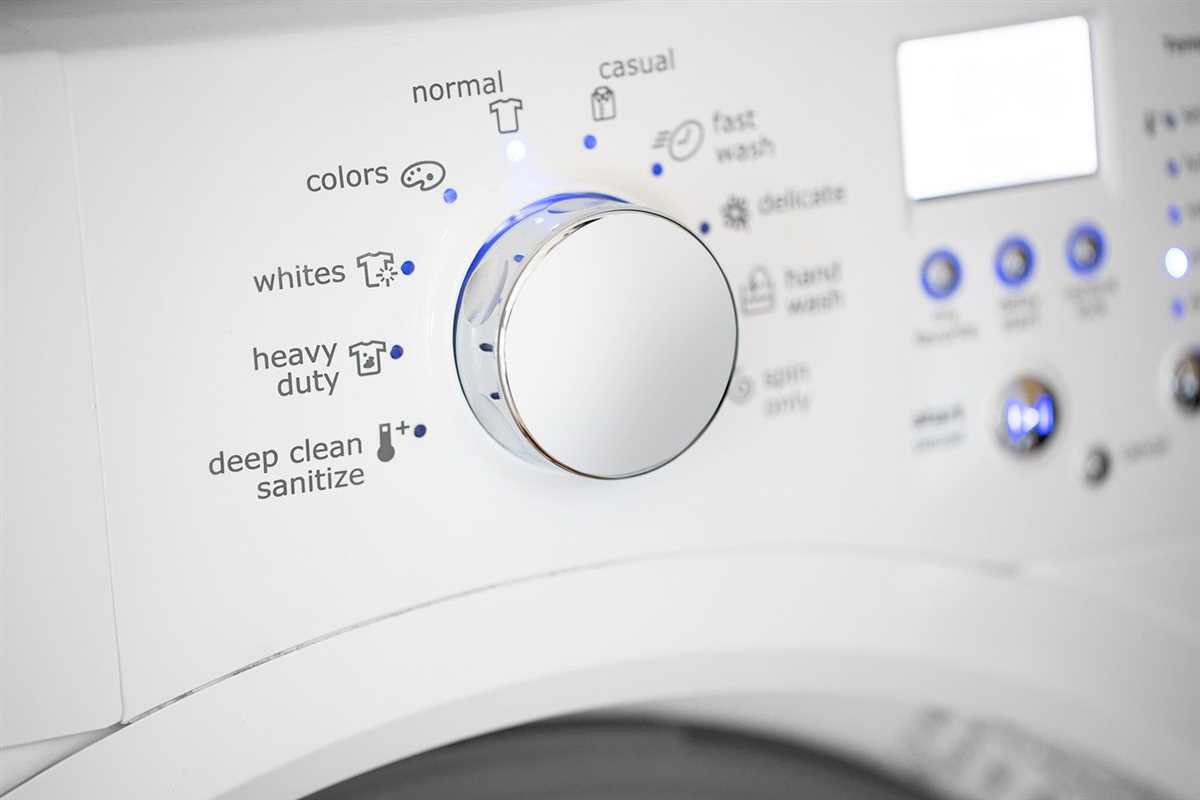
Knowing how to use the different wash cycle options and stain removal features on your washing machine can help you remove stains and dirt effectively. Whether it’s a pre-treatment for tough stains or a specific cycle for heavily soiled clothes, understanding the machine’s capabilities allows you to tackle stubborn stains and dirt with ease.
3. Save Time and Energy

Using the appropriate load size and water level settings can help you save time and energy. Overloading the machine can result in poor cleaning performance and may require rewashing, wasting both time and energy. By properly measuring and loading your clothes, you can ensure optimal washing efficiency and reduce both electricity and water consumption.
4. Prevent Machine Malfunctions
Incorrect usage can lead to machine malfunctions and breakdowns. Overloading the machine, using the wrong type or amount of detergent, or not cleaning the lint filter regularly can damage the machine and shorten its lifespan. Knowing how to operate the machine correctly and following the manufacturer’s instructions can help prevent these issues and keep your machine running smoothly.
5. Personal Safety
Understanding how to use a washing machine properly is also essential for personal safety. Improper use may result in electrical hazards or accidents. Familiarizing yourself with the machine’s controls, safety features, and maintenance requirements helps minimize the risk of accidents and ensures a safe laundry experience.
| Benefits | Reasons |
|---|---|
| Preserve the Quality of Your Clothes | Different fabrics require different wash cycles/settings |
| Remove Stains and Dirt Effectively | Utilize different wash cycles and stain removal features |
| Save Time and Energy | Proper load size and water level settings |
| Prevent Machine Malfunctions | Follow manufacturer’s instructions and maintenance requirements |
| Personal Safety | Understand the machine’s controls and safety features |
In conclusion, knowing how to use a washing machine properly is essential for preserving the quality of your clothes, effectively removing stains and dirt, saving time and energy, preventing machine malfunctions, and ensuring personal safety. By familiarizing yourself with the machine’s functions and following the manufacturer’s instructions, you can maximize the efficiency and lifespan of your washing machine.
The Benefits of Using the Casual Cycle
Using the casual cycle on your washing machine can provide several benefits. Let’s explore some of them:
- Preserves fabric quality: The casual cycle is designed to be gentle on fabrics, reducing wear and tear. It is particularly suitable for delicate materials like silk, lace, or cashmere. By using this cycle, you can extend the life of your clothes and keep them looking new for longer.
- Removes light stains: The casual cycle is effective at removing light stains and dirt from your clothes. It uses a combination of agitation, detergent, and water temperature to ensure a thorough cleaning without damaging the fabric. However, for heavily soiled items, you may need to pre-treat or use a different cycle.
- Shorter wash time: The casual cycle is often shorter than other cycles, making it a convenient option when you’re in a hurry. It is designed for lightly soiled clothes that require a quick refresh. This cycle is ideal for everyday items like t-shirts, jeans, or casual dresses.
- Saves energy and water: The casual cycle typically uses less energy and water compared to longer cycles. This makes it an environmentally friendly choice, helping you reduce your carbon footprint and save on utility bills.
- Ease of use: Most washing machines feature a clear and straightforward casual cycle setting. You don’t need to worry about selecting specific options or customizing the settings. Simply load your clothes, add detergent, and press the start button.
Remember, the casual cycle may not be suitable for all types of fabrics or heavily soiled items. Always check the garment care labels and use the appropriate cycle based on the fabric type and level of dirtiness.
Preserving the Quality of Your Clothes
1. Sort your laundry
Before starting a wash cycle, it is important to sort your laundry by color and fabric type. This helps to prevent colors from bleeding onto other clothes and protects delicate fabrics from damage.
2. Use the right detergent
Choosing the right detergent for your clothes is essential in preserving their quality. Different fabrics require different types of detergents, so make sure to read the labels on your clothes and choose a detergent that is suitable for the fabric type and washing machine.
3. Wash clothes inside out
Turning your clothes inside out before washing can help protect the colors and prints from fading and reduce pilling. It also helps to prevent any buttons or zippers from snagging on other clothes during the wash cycle.
4. Use cold water
Using cold water for washing your clothes not only saves energy but also helps to prevent color fading and shrinkage. Cold water is generally gentler on fabrics and can help preserve their quality and longevity.
5. Choose the right cycle
Most washing machines offer different cycle options, such as delicate, normal, or heavy-duty. Selecting the appropriate cycle for your clothes’ fabric type and level of dirtiness can help prevent unnecessary wear and tear.
6. Avoid overloading the machine

Overloading the washing machine can lead to poor cleaning results and potential damage to the clothes. Instead, try to wash smaller loads to ensure that your clothes have enough space to move around and get cleaned thoroughly.
7. Air-dry when possible
Avoid using the dryer for every load of laundry, especially for delicate or sensitive fabrics. Instead, consider air-drying your clothes on a drying rack or clothesline. This can help reduce shrinkage, prevent damage, and extend the lifespan of your clothes.
8. Store clothes properly

When not in use, it is important to store your clothes properly to maintain their quality. Fold them neatly or hang them up in a closet, ensuring that they are clean and dry. Avoid overcrowding your closet to prevent wrinkling or stretching of garments.
9. Follow garment care instructions
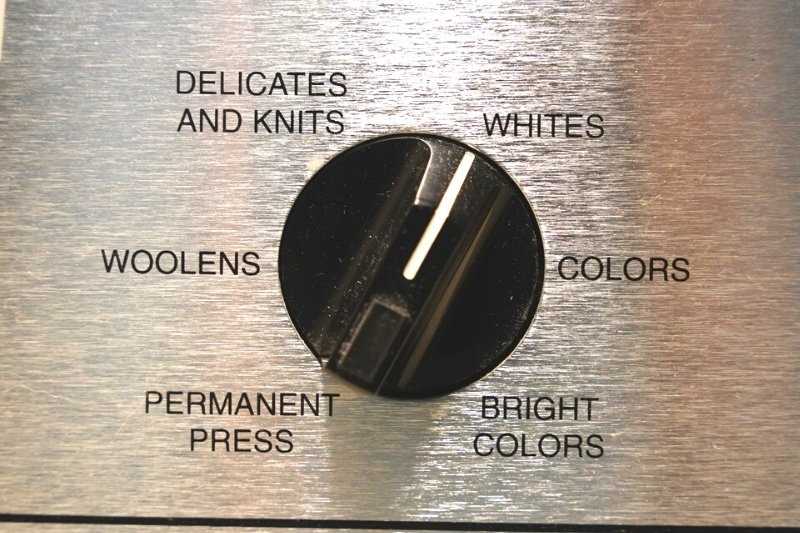
Always read and follow the care instructions on your clothing labels. These instructions often include specific washing and drying recommendations that can help preserve the quality and appearance of your clothes.
| Do | Avoid |
|---|---|
|
|
Reducing the Risk of Damage
Properly caring for your clothes and your washing machine can help reduce the risk of damage and extend the life of both. Here are some key tips to keep in mind:
- Sort your laundry: Separate your clothes by color and fabric type to avoid color bleeding or damage to delicate items.
- Read the labels: Always check the care instructions on your clothes to ensure you are using the correct settings and water temperature.
- Use the right amount of detergent: Using too much detergent can create excessive suds, which can damage your machine and leave residue on your clothes.
- Empty pockets: Remove any loose items from pockets before washing to prevent damage to the machine or your clothes.
- Secure fasteners: Close zippers, fasten buttons, and secure any loose straps or strings to prevent them from snagging or tangling during the wash cycle.
- Avoid overloading: Overfilling the washing machine can put extra strain on the motor and decrease cleaning efficiency. Follow the manufacturer’s guidelines for load capacity.
- Inspect the machine: Regularly check for any signs of wear or damage, such as loose cables, leaks, or strange noises. Address any issues promptly to prevent further damage.
- Clean the machine: Regularly clean the drum, detergent dispenser, and filters to remove any buildup that can affect the washing machine’s performance.
By following these tips, you can minimize the risk of damage to your clothes and washing machine, ensuring they both last longer and work more effectively.
Tips for Using the Casual Cycle
1. Sort your laundry
Before using the Casual cycle, make sure to sort your laundry by color and fabric type. Separate dark and light-colored garments to avoid color bleeding. Also, group delicate fabrics together and wash them on a separate cycle if needed.
2. Pre-treat stains
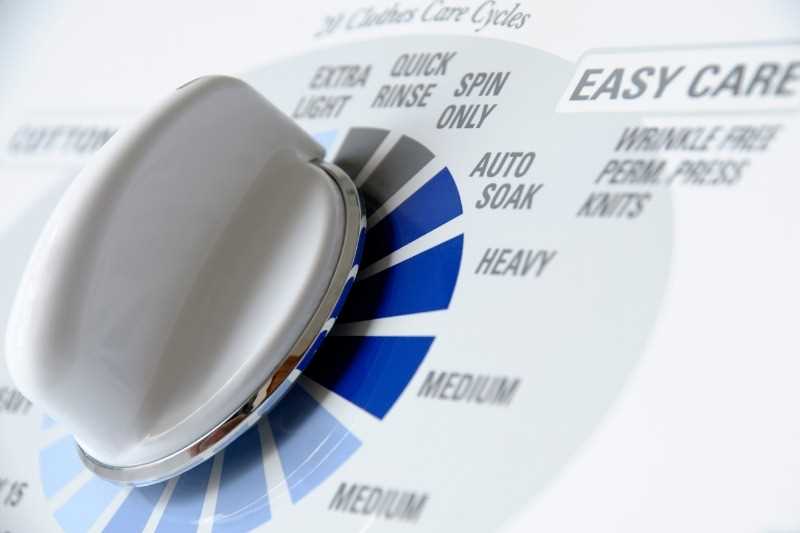
If you have any stains on your clothes, it’s best to pre-treat them before washing. Use a stain remover or a laundry detergent directly on the affected area and let it sit for a few minutes before starting the Casual cycle.
3. Use appropriate detergent
Choose a detergent suitable for your clothes and the Casual cycle. Look for detergents that are labeled for use in high-efficiency machines and are designed for delicate fabrics. Avoid using bleach or fabric softeners unless specified by the garment care instructions.
4. Load the machine properly
When loading the machine, don’t overload it. Leave enough space for the clothes to move freely and allow water and detergent to circulate effectively. Overloading the machine can lead to poor cleaning results and excessive wear on the clothes.
5. Select the appropriate temperature
Check the garment care labels and select the water temperature accordingly. Most Casual cycle settings use cold or warm water, but some fabrics may require a gentle warm wash. Avoid using hot water unless necessary, as it can cause shrinkage or damage to delicate fabrics.
6. Choose the right spin speed
The spin speed determines how dry your clothes will be at the end of the cycle. For delicate fabrics, choose a lower spin speed to prevent excessive wrinkling and stretching. For sturdier fabrics, a higher spin speed can help remove more water and reduce drying time.
7. Use extra rinse if necessary
If you have sensitive skin or want to ensure all detergent residue is removed from your clothes, consider using the extra rinse option. This will add an additional rinse cycle to the Casual cycle, improving rinsing efficiency.
8. Remove clothes promptly
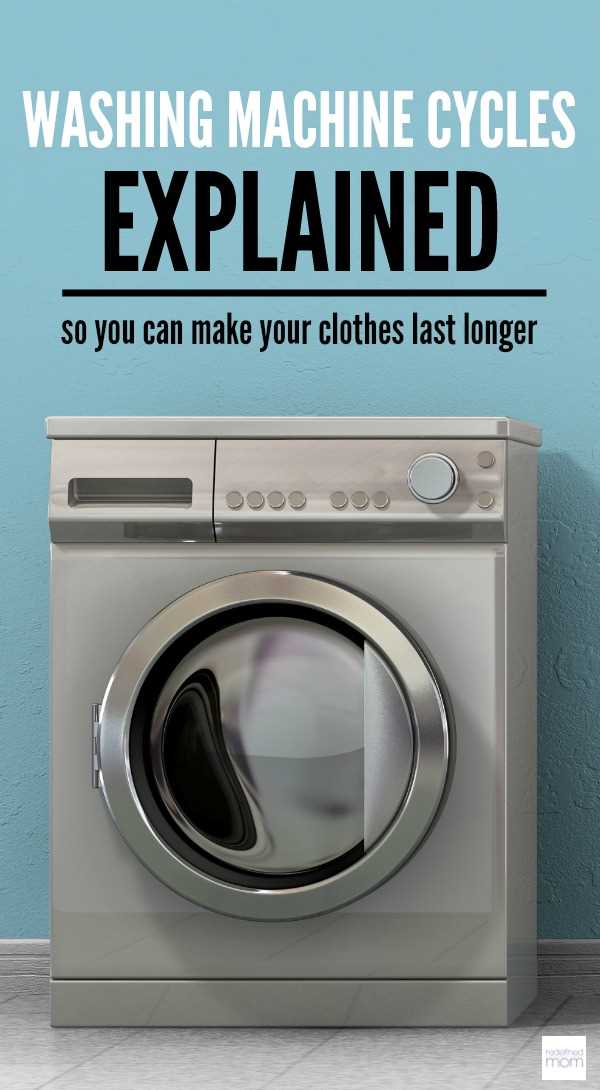
Once the Casual cycle is complete, remove your clothes from the machine promptly to prevent wrinkles from setting in. Smooth out any wrinkles by gently shaking the garments before hanging or laying them flat to dry.
9. Follow care instructions
Always follow the care instructions on your clothes to ensure they are washed properly. Some garments may require handwashing or dry cleaning, even if the Casual cycle seems suitable. Be sure to read and follow these instructions to avoid damaging your clothes.
By following these tips, you can effectively use the Casual cycle on your washing machine and keep your casual clothes looking their best.
Sort Your Laundry Properly
Sorting your laundry properly is an essential step in ensuring that your clothes are washed effectively and maintained in good condition. By separating your laundry into different categories, you can prevent color bleeding, fabric damage, and improve the efficiency of your washing machine. Here are some key tips for sorting your laundry:
Separate by Color
Sorting your laundry by color helps prevent color bleeding. Wash darks, lights, and whites separately to avoid any mishaps. This will also help maintain the brightness of your white clothes and prevent them from turning dull or grayish over time.
Sort by Fabric Type
Sorting laundry by fabric type is important because different fabrics require different washing cycles and temperatures. Delicate fabrics like silk and lace should be washed separately from heavier fabrics like denim or towels. By sorting based on fabric type, you can ensure that each garment receives the appropriate treatment during the wash cycle.
Check Care Labels
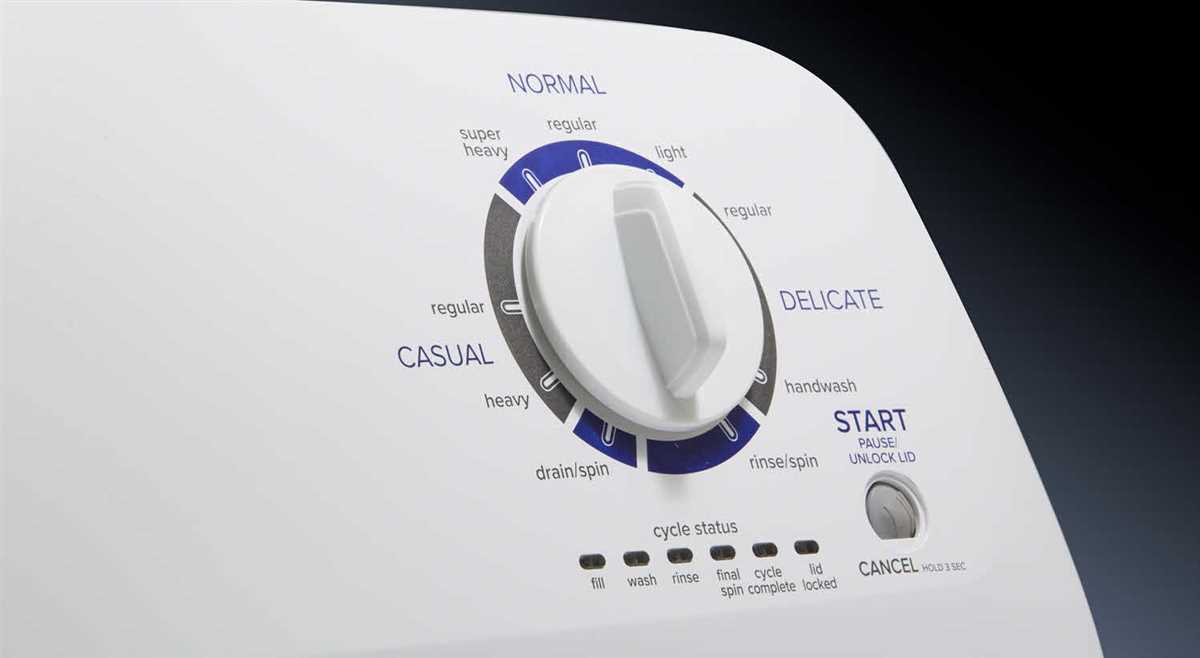
Before washing, always check the care labels on your clothing. These labels provide important information on how to properly wash and care for each item. Follow the instructions on the care labels to avoid damaging your clothes and to achieve the best results.
Consider Soiling Levels
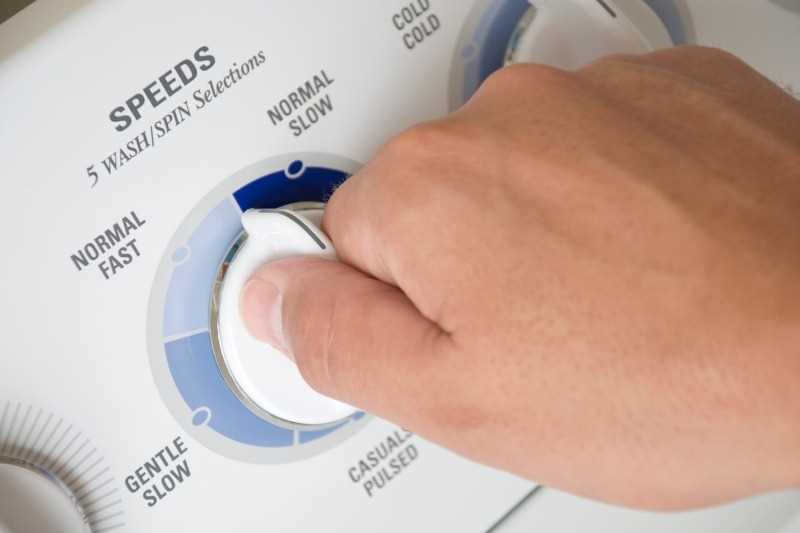
If you have heavily soiled items, it’s advisable to wash them separately or use a pre-wash cycle to ensure that they are thoroughly cleaned. Mixing heavily soiled items with lightly soiled ones may result in the dirt transferring onto the cleaner garments.
Use a Sorting System
Having a sorting system in place can make the process of sorting your laundry much easier. Whether it’s using different laundry baskets, hampers, or designated sections in your laundry room, having a designated spot for each type of clothing will save you time and effort.
| Laundry Category | Color | Fabric Type |
|---|---|---|
| Darks | Black, navy, dark gray, etc. | Denim, cotton, etc. |
| Lights | White, pastels, light gray, etc. | Cotton, linen, etc. |
| Whites | Pure white | Cotton, linen, etc. |
By following these simple sorting tips, you’ll ensure that your clothes are properly cleaned, and you’ll extend the lifespan of your garments. Sorting your laundry is a small step that can make a big difference in the overall results of your washing machine cycle.
FAQ
What is the casual cycle on a washing machine?
The casual cycle on a washing machine is a specific program designed to wash clothes made of more delicate or casual fabrics, such as linens, wool, or cotton. It uses gentle agitation to clean the clothes without causing damage.
Is it safe to wash delicate fabrics in a washing machine?
Yes, it is safe to wash delicate fabrics in a washing machine as long as you use the appropriate cycle, such as the casual cycle, and follow the care instructions on the garment’s label. This will help prevent any damage or shrinkage.
How should I load the washing machine for the casual cycle?
When loading the washing machine for the casual cycle, it is important to separate your clothes by fabric type and color. Place the delicate items or casual fabrics, such as linens or wool, in a mesh laundry bag to provide extra protection during the wash. Avoid overloading the machine to ensure proper cleaning and prevent tangling or damage to the clothes.
Can I use regular detergent for the casual cycle?
While you can use regular detergent for the casual cycle, it is recommended to use a mild or gentle detergent specially formulated for delicate fabrics. These detergents are less harsh on the clothes and help maintain their quality and color. Always follow the recommended dosage instructions on the detergent packaging.
Are there any specific tips for drying clothes from the casual cycle?
Yes, there are some tips for drying clothes from the casual cycle. It is best to air dry them to prevent any shrinkage or damage. If using a dryer, use the lowest heat setting and remove the clothes when they are still slightly damp to minimize any potential wrinkles or shrinkage. Additionally, avoid hanging delicate fabrics in direct sunlight as it can cause fading.
What is a casual cycle on a washing machine?
A casual cycle on a washing machine is a specific setting designed to wash clothes that are made of delicate materials or require gentle care. It uses lower agitation and shorter spin cycles to prevent damage to the clothes.
Can I use the casual cycle for all types of clothes?
The casual cycle is not suitable for all types of clothes. It is ideal for delicate fabrics like silk, lace, or chiffon, as well as garments with elaborate embellishments or beading. For regular cotton or synthetic materials, a normal or heavy-duty cycle is more appropriate.















